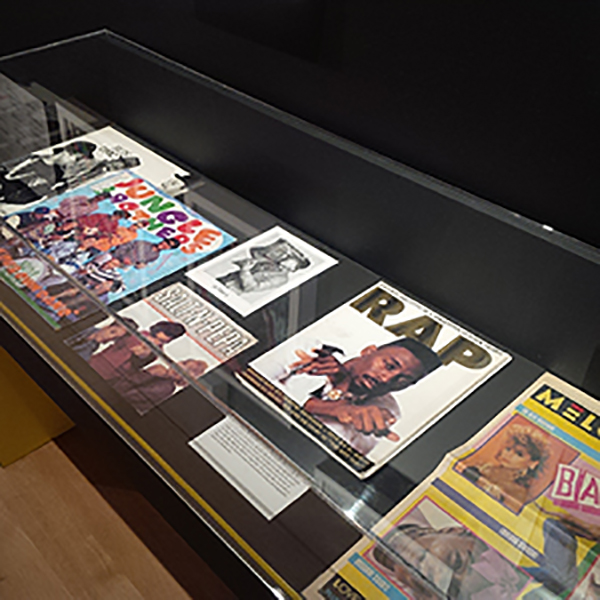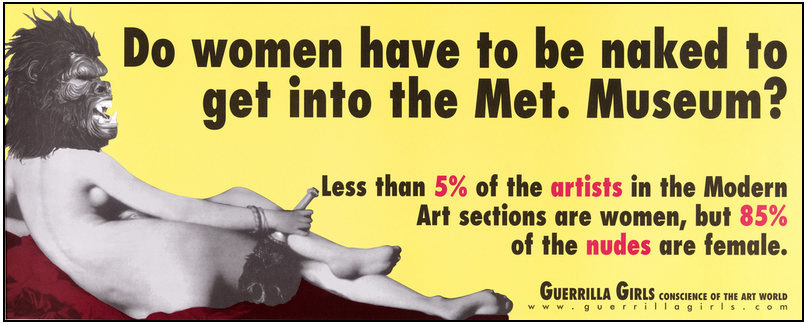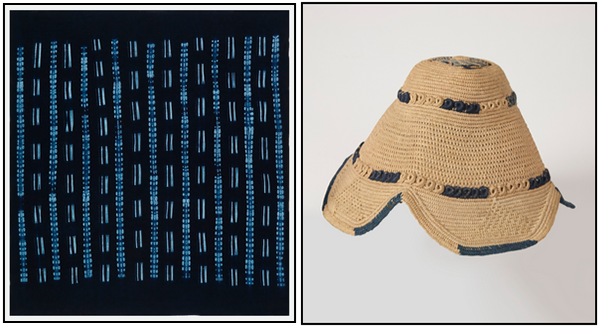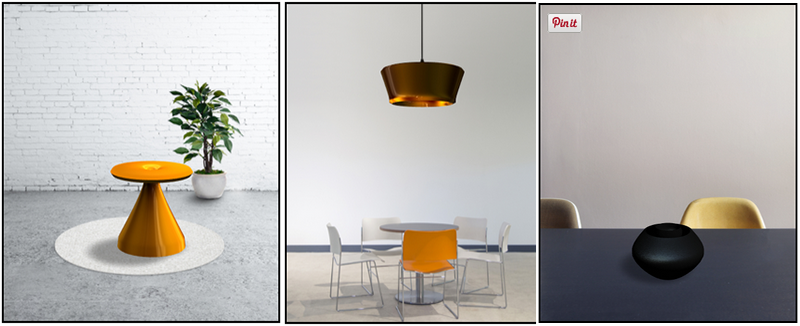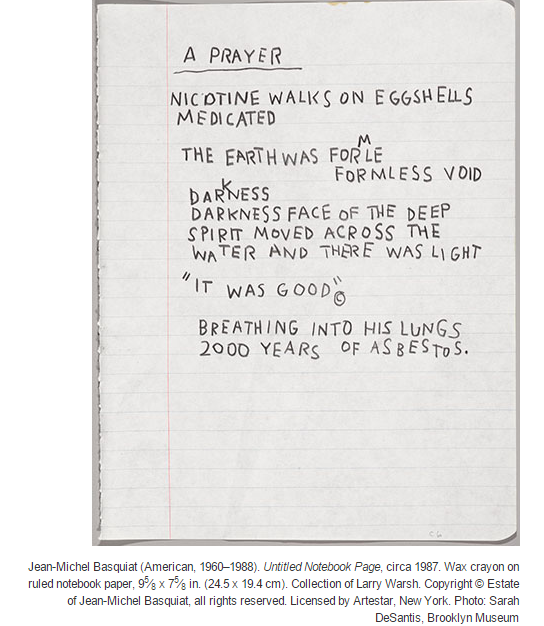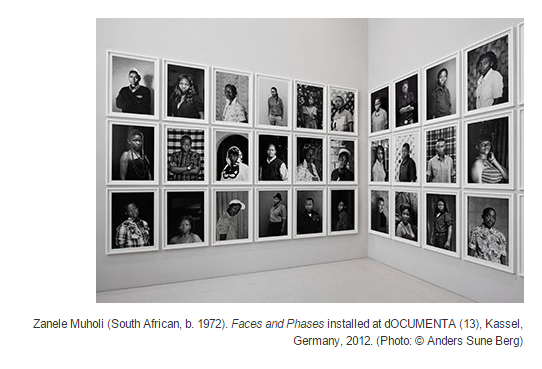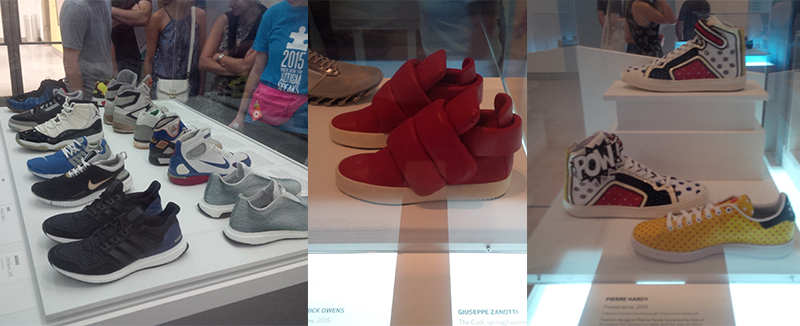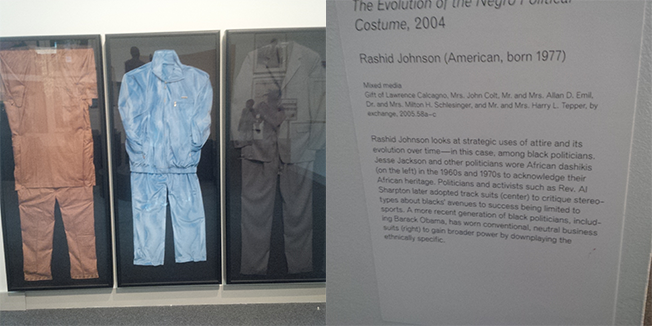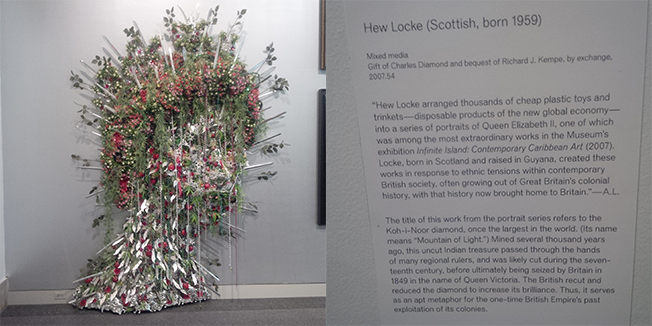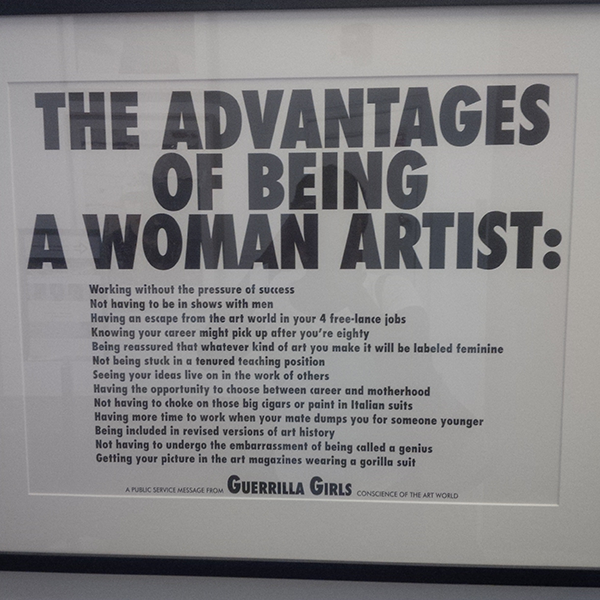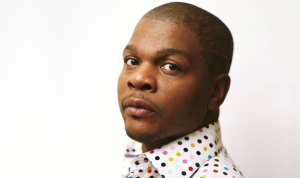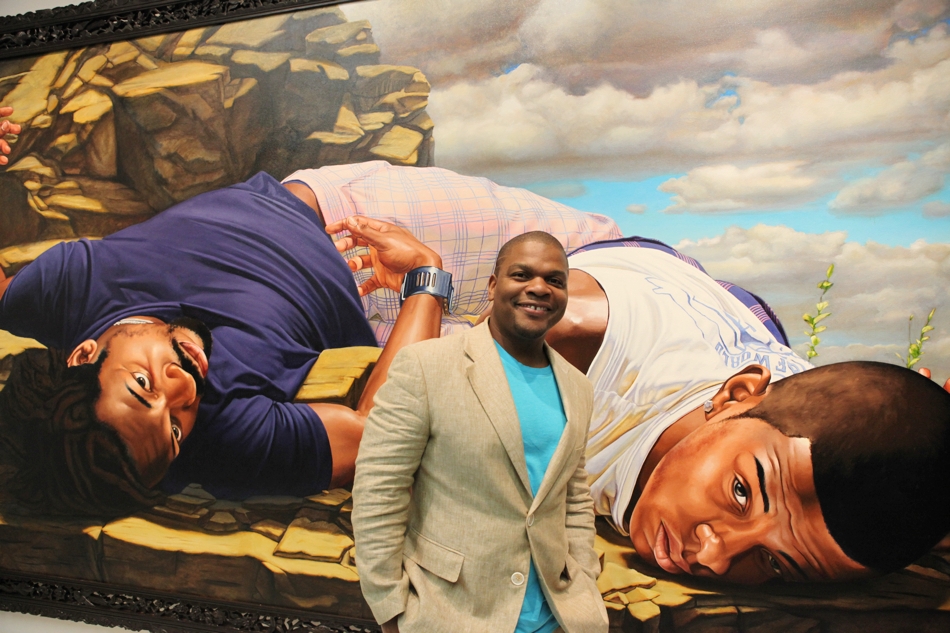Summer Museum Hopping
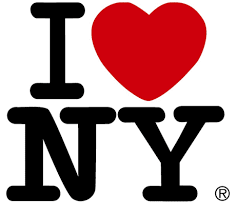 Believe it or not, I actually do take a break once in a while from all the business and journalism projects I am working on at any given time. While it is very rare that I go on a actual vacation where I don’t think about business, I try to use the many business trips I do go on to do a mini vacation.
Believe it or not, I actually do take a break once in a while from all the business and journalism projects I am working on at any given time. While it is very rare that I go on a actual vacation where I don’t think about business, I try to use the many business trips I do go on to do a mini vacation.
A couple of weeks ago I was in New York City to meet with some clients and to finalize the plans for GWA’s 10th anniversary party with my event planner. I did schedule in some time to do some fun stuff by visiting three museums. I highly recommend visiting the following exhibits if you happen to be in the Big Apple this summer!
Museum of the City of New York:
Everything is Design: The Work of Paul Rand
If you are a graphic designer, branding specialist or just a design history buff, you will appreciate this exhibit about the grand master of American design himself Paul Rand. There are over 100 posters, advertisements, book covers, logos and corporate brand collateral that show the diversity of Rand’s career. He is best known for creating the logos for IBM, UPS and ABC-TV.
Hip-Hop Revolution: Photographs By Janette Beckman, Joe Conzo and Martha Cooper
You know you are getting old when you start to see people you grew up listening to exhibited in museums! I felt like I was stepping back into my teen years when I saw the exhibit of the dozens of photographs of memorable rappers from “back in the day” like MC Lyte, Run DMC, EPMD, Big Daddy Kane, A Tribe Called Quest, Salt N Pepa and Queen Latifah. It was also pretty cool to see old copies of Word Up! magazine and pictures of some of the early movers and shakers in break-dancing and graffiti writing. This is a must-see exhibit for people who appreciate what real hip-hop used to sound like.
Cooper-Hewitt Museum
So as a web designer, I get inspiration from seeing the work of other designers. This exhibit shows how posters can be powerful forms of visual communication. If you love vintage posters, this exhibit is worth checking out.
Adjaye is the architect behind the upcoming National Museum of African-American History in Washington DC. He put together this exhibit displaying textiles from West and Central Africa, including some beautiful Asante Kente textile and Malian mud cloth.
The “Pen”
While the museum is housed in the former home of Andrew Carnegie, which was built in 1903, the whole space is very tech-savvy and design forward. Once you pay your admission fee, you are giving this pen that works like a digitized USB drive and a specialized URL on a piece of paper. All the items in all the exhibits have small, black plus signs next to them. If you like an exhibit item, you can press your pen on the plus sign and the information about that item is saved. All the items you saved on the pen are saved on a webpage that can be accessed using that specialized URL for you to view later. The webpage gives more in-depth information about the items you selected. You can also use the Pen to draw your own designs on computer-aided design tables that also get saved on that webpage. It’s a great to remember all the cool stuff you saw and did at the Museum.
I got to play furniture designer and created the following table, hanging lamp and vase using the CAD and the Pen.
Brooklyn Museum
Basquiat: The Unknown Notebooks
Most artists, writers, designers and other creative people keep a notebook to jot down items of interest and inspiration. This is what Jean-Michel Basquiat did. The Museum recently acquired newly discovered notebooks with sketches and writings that show the early process of many of Basquiat’s works of art. The notebooks give a nuance perspective on his thinking, ranging from politics, racism, class warfare, history and everyday life in general.
Zanele Muholi: Isibonelo/Evidence
Zanele Muholi is a famed photographer and activist who specializes in capturing images of black lesbian and transgender life in her home country of South Africa. The exhibit showcases 80 of her photographs, commentary on homophobia and a short film of a lesbian wedding in a township. While South Africa was the first country in the world to outlaw discrimination based on sexual orientation in 1996, it is still one of the most dangerous places for LGBT folks, where homophobic violence is commonplace. As the United States moves forward on marriage equality, this exhibit will quickly remind you that there is still work to be done in other parts of the world.
I thought this was the coolest exhibit at the museum. Sneakers have contributed greatly to our social and cultural history. There are over 100 pairs of sneakers to mull over, including Air Jordans, and the Adidas X autographed by Run DMC. Again, I’m feeling the aging process!
This is video of Adidas designer Rick Owens famed Vicious runway show celebrating sneaker culture, which was shown at the exhibit:
I was only in this exhibit briefly, but I found these pieces of art to be interesting:
